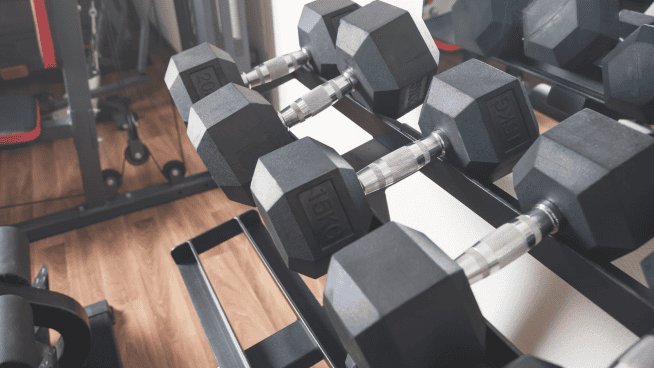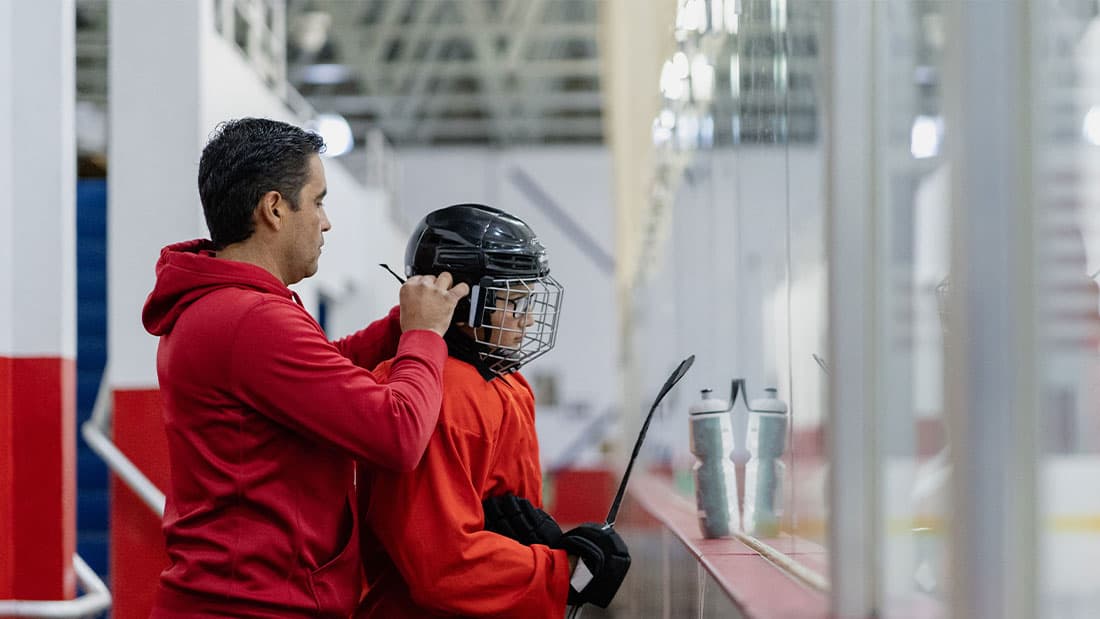Front Squat Technique Considerations for Softball Players
![]()
Lower-body strength training is a staple in any softball player’s off-season program. There are many lower-body strength exercises, but I find that the Front Squat reigns supreme for both strength gains and safety for softball players.
According to a 2004 article in the Journal of Strength and Conditioning Research, 80 of the 131 reported injuries among collegiate softball pitchers were a direct result of overuse, along with 33 shoulder and 16 lower-back injuries. The Back Squat is undeniably a great exercise, but it can place the shoulders in a tricky position, which, if overused, make the exercise problematic. Also, the loading position has the potential to place greater stress on the lower body, which can further exacerbate injury concerns.
The Front Squat is a great option for softball players to crush weight. The front position places the load on the trunk rather than the back, so your core handles the stress rather than your spine. Also, your shoulders are in a safer position, limiting stress on the joint.
However, this exercise can’t be haphazardly performed. Here are five common mistakes I see softball athletes make, together with quick fixes.

1. Bar Placement
Since we train many softball and baseball players here at Cressey Sports Performance, we lean toward the cross grip over the clean grip due to both physical adaptations and less stress on the elbows, wrists, and hands.
RELATED: 3 Keys to Better Softball Workouts
Don’t place the bar low on your deltoid (shoulder). As you start to descend, the bar will roll forward and so will you.
Do place the bar on the “meaty” part of your deltoid, closest to your neck, and create “stiffness” with your core. WARNING: This will feel uncomfortable at first, and the only advice I can give you is to be comfortable being uncomfortable.
2. Stance
Don’t place your feet too wide outside your shoulders. Athletes tend to not hit depth, and their knees have nowhere to go but in.
Do place your feet slightly outside hip-width and angle your fee a wee bit. This will allow a smooth transition into and out of the hole.
RELATED: Softball Players: Why You Need to Deadlift
3. Breathing
Don’t exhale all your air out when you squat down. By blowing all the air out, you essential become an empty soda can that is easily crushed.
Do take a large breath of air in through your nose and try to create “360 stiffness” in your torso This is a term coined by Stuart McGill. The stiffness will keep your torso tall and increase your stability.
4. Eye Position
Don’t look down. If you look down, your body has a tendency to fall forward.
Do look up. When you look up, your elbows stay high and you can maintain a solid upright position.
RELATED: 5 Things Every Softball Pitcher Should Know
5. Mentality
Don’t let the bar and gravity control you. If you don’t attack this lift, the bar will win every time.
Do ATTACK the bar. Be aggressive and confident! Positive thinking coincides with positive outcomes.
RECOMMENDED FOR YOU
MOST POPULAR
Front Squat Technique Considerations for Softball Players
![]()
Lower-body strength training is a staple in any softball player’s off-season program. There are many lower-body strength exercises, but I find that the Front Squat reigns supreme for both strength gains and safety for softball players.
According to a 2004 article in the Journal of Strength and Conditioning Research, 80 of the 131 reported injuries among collegiate softball pitchers were a direct result of overuse, along with 33 shoulder and 16 lower-back injuries. The Back Squat is undeniably a great exercise, but it can place the shoulders in a tricky position, which, if overused, make the exercise problematic. Also, the loading position has the potential to place greater stress on the lower body, which can further exacerbate injury concerns.
The Front Squat is a great option for softball players to crush weight. The front position places the load on the trunk rather than the back, so your core handles the stress rather than your spine. Also, your shoulders are in a safer position, limiting stress on the joint.
However, this exercise can’t be haphazardly performed. Here are five common mistakes I see softball athletes make, together with quick fixes.

1. Bar Placement
Since we train many softball and baseball players here at Cressey Sports Performance, we lean toward the cross grip over the clean grip due to both physical adaptations and less stress on the elbows, wrists, and hands.
RELATED: 3 Keys to Better Softball Workouts
Don’t place the bar low on your deltoid (shoulder). As you start to descend, the bar will roll forward and so will you.
Do place the bar on the “meaty” part of your deltoid, closest to your neck, and create “stiffness” with your core. WARNING: This will feel uncomfortable at first, and the only advice I can give you is to be comfortable being uncomfortable.
2. Stance
Don’t place your feet too wide outside your shoulders. Athletes tend to not hit depth, and their knees have nowhere to go but in.
Do place your feet slightly outside hip-width and angle your fee a wee bit. This will allow a smooth transition into and out of the hole.
RELATED: Softball Players: Why You Need to Deadlift
3. Breathing
Don’t exhale all your air out when you squat down. By blowing all the air out, you essential become an empty soda can that is easily crushed.
Do take a large breath of air in through your nose and try to create “360 stiffness” in your torso This is a term coined by Stuart McGill. The stiffness will keep your torso tall and increase your stability.
4. Eye Position
Don’t look down. If you look down, your body has a tendency to fall forward.
Do look up. When you look up, your elbows stay high and you can maintain a solid upright position.
RELATED: 5 Things Every Softball Pitcher Should Know
5. Mentality
Don’t let the bar and gravity control you. If you don’t attack this lift, the bar will win every time.
Do ATTACK the bar. Be aggressive and confident! Positive thinking coincides with positive outcomes.
[cf]skyword_tracking_tag[/cf]









